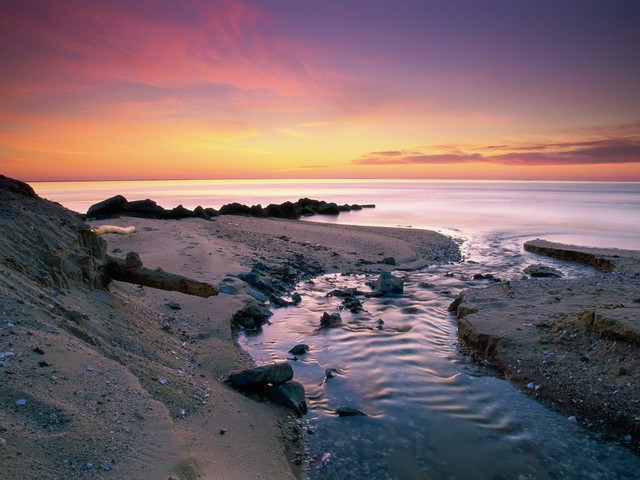Link: http://www.ens-newswire.com/ens/nov2011/2011-11-03-093.html
According to research being performed by scientists at Johns Hopkins University and the University of Maryland Center for Environmental Science, the efforts to clean up the Chesapeake Bay are proving successful. Water samples compared to those over the last several decades show that the nation’s largest estuary is getting healthier in a sense.
This has come about as a result of reduction of the flow of fertilizers, waste, and other pollutants, which has in turn reduced the overall size of the oxygen-starved dead zones (uninhabitable areas for plants and animals) in the body of water. Rebecca Murphy, who is part of the Department of Geography and Environmental Engineering at Johns Hopkins, believes that there is a direct correlation between the two occurrences, which seems a good sign for the future of the Chesapeake Bay and other vital water bodies.
The effort to clean up the bay really took hold in the 1980s with the federal Chesapeake Bay Program, which focused on restoring the previous condition of the water. While this past year did not present the best data regarding shrinking volume of dead zones, the overall trend in recent years has been positive in that these oxygen deprived areas have been decreasing. Some scientists were concerned as there have been reports of early summer jumps in dead zone activity, but this has been shown to be a result of climate forces such as heavy rains, wind, salinity, and the sea level of the water. If not for the efforts to decrease the flow of the contaminants into the Chesapeake Bay, the prevalence of the oxygen starved zones would surely have been worse.
IN SUMMARY: While overall climate change has been having negative effects on the Chesapeake Bay, localized monitoring and pollutant reduction has lessened the issues. Hooray for a positive (or at least less negative) development!


This article and blog posting is interesting and definitely is good news for the bay! However, as far as each individual watershed is concerned, not all of efforts being made to restore the bay and its major tributary rivers have been successful. For example, the Potomac Conservancy, a land trust program that encourages conservation efforts within the Potomac River watershed, recently gave the Potomac River an overall water quality grade of D, down from a D+ in 2007. The article is posted here… http://www.washingtonpost.com/local/potomac-conservancy-to-release-river-report-recommendations-for-key-dc-drinking-water-source/2011/11/09/gIQAm55X4M_story.html. Both of these scores indicate conservation programs, at least according to the Conservancy, are not protecting the health of the river. I live in the Potomac watershed, and as a resident, I feel like farmers, developers, and cities should be doing more to create an environment more suitable to safer water supplies. With that said, I have seen that the overall health of the bay is increasing, which is awesome news!
I like this post because it is a positive view of efforts being made to improve the environmental quality of the Chesapeake Bay. I’ve been reading up on the reports from the different major rivers that drain into the Bay and I have been hearing mixed reviews. Recently, the Potomac River Conservancy gave the river a D for its state of the river report, which is both alarming and disheartening. Despite this grade, I read an interesting article that talked about the resiliency of the river and the wildlife that inhabits its waters. The same can be said for the Chesapeake Bay as a whole. The healthier waters in the Bay are both a reflection of the ecosystem’s resiliency, and our efforts to reduce pollution entering the Chesapeake Bay watershed.